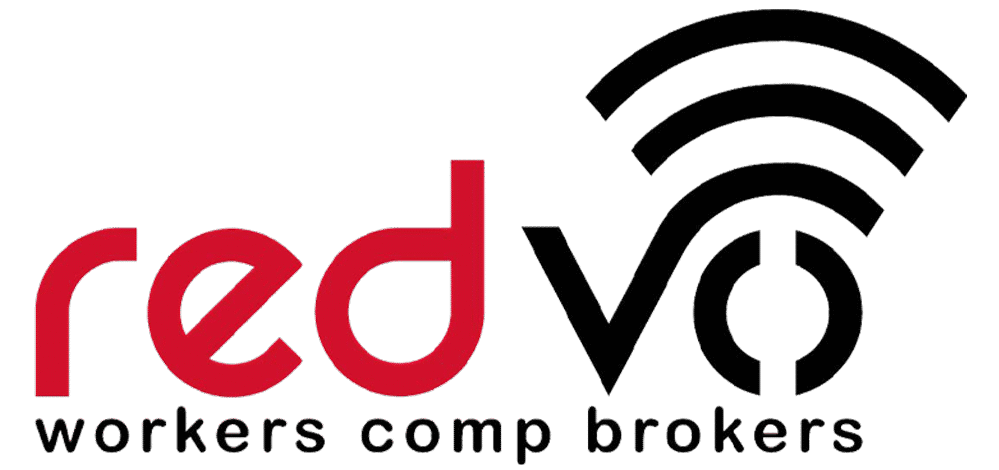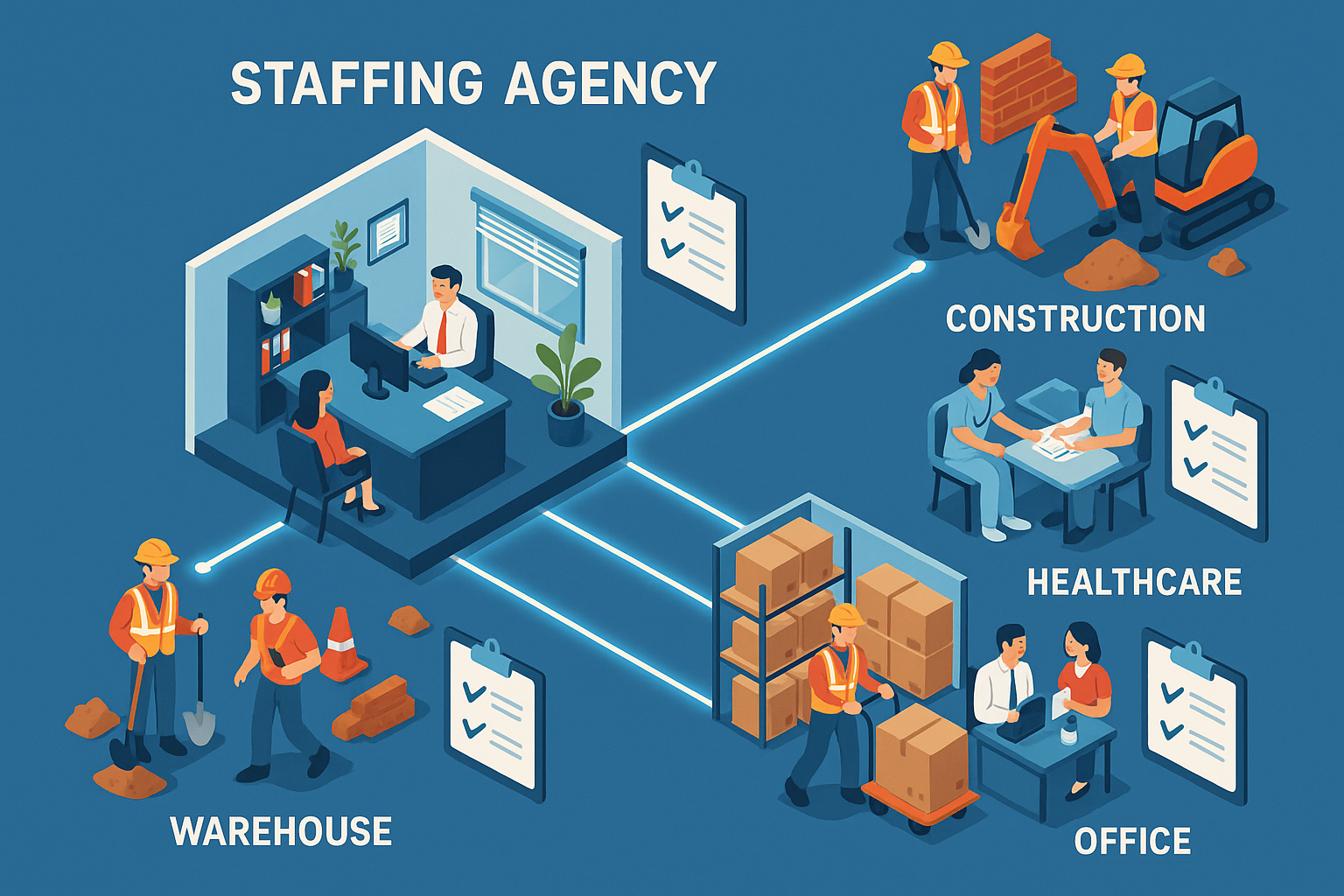Workers’ compensation insurance is one of the largest operational costs facing staffing agencies, especially those placing candidates in higher-risk industries such as construction, manufacturing, and healthcare. With premiums fluctuating based on claims history, safety records, and risk assessments, agencies are motivated to explore every strategy for cost containment. Among the most powerful tools for premium negotiation is the implementation of comprehensive safety programs, which not only safeguard employees but also positively influence insurers’ perceptions and pricing. This blog delves into how and why safety programs drive premium reductions, arming staffing agencies with practical, actionable insights for long-term savings and compliance.
Understanding Workers’ Compensation Premiums for Staffing Agencies
Workers’ compensation premiums for staffing agencies are calculated based on several key risk factors.
- Insurers review recent claims history, types of placements, industry sector risks, classification codes, and payroll amounts.
- Agencies with multiple, serious, or frequent claims are categorized as high-risk and face higher premiums.
- Conversely, an agency that demonstrates strong risk management—like maintaining a robust safety program—can improve its risk profile and negotiate lower rates.
- The experience modification rate (EMR or X-Mod), unique to each firm, directly dictates premium adjustments based on actual versus expected claim costs.
Proactive management of these determinants is crucial for controlling insurance costs and qualifying for better coverage options.
How Safety Programs Influence Insurers’ Risk Assessments
Insurance carriers assess risk using both quantitative data and qualitative indicators, and safety programs play a major role in shaping this assessment.
- A well-documented safety program signals a commitment to injury prevention and regulatory compliance.
- Insurers see fewer claims and less severe losses among agencies with effective safety initiatives, leading to a more favorable risk rating.
- Maintaining thorough records of safety audits, employee training, incident response, and corrective actions further substantiates your agency’s low-risk profile.
- Many insurers offer direct incentives, discounts, or lower base rates for agencies with outstanding safety protocols and low claims frequency.
Understanding how underwriters evaluate safety measures is key to maximizing negotiation leverage.
Elements of an Effective Safety Program for Staffing Agencies
Not all safety programs are created equal in the eyes of insurance carriers; agencies need to tailor efforts to the unique risks of their placements.
- Key elements include risk assessments for each client site, pre-placement safety training, written safety policies, and ongoing hazard communication.
- Return-to-work protocols and claims management processes further demonstrate commitment to minimizing injury severity and duration.
- Consistent documentation—such as training logs and injury reports—enables agencies to prove their diligence in both prevention and claims response.
- Customizing safety measures to industry-specific hazards, such as those in healthcare or warehouse environments, amplifies their impact with insurers.
By focusing on core areas, agencies can build programs that drive down accident frequency and bolster their negotiating position.
Steps to Launching and Sustaining Safety Initiatives
Building a strong safety foundation begins with leadership commitment and a clear implementation plan.
- Agency leadership should champion safety, dedicating resources and integrating safety values into everyday operations.
- Start with a baseline risk assessment, then develop written policies, establish safety committees, and roll out training suited to each placement.
- Continuous education, feedback mechanisms, and regular safety audits are critical to sustaining improvements and adapting to new risks.
- Incorporating employee feedback and rewarding safe behaviors help foster a safety culture that endures amid staffing transitions.
A staged, documented approach ensures ongoing compliance, better claims outcomes, and lasting cost benefits.
The Financial Impact: Quantifying Premium Savings
Effective safety programs generate significant, measurable financial returns for staffing agencies.
- Fewer and less severe workplace injuries reduce claims frequency and payouts, lowering overall premium costs.
- As experience modification rates improve over time, agencies enjoy compounding long-term savings and access to a broader selection of carriers.
- Case studies across staffing sectors reveal premium reductions of 10–30% or more when agencies structure and enforce robust safety initiatives, especially in higher-risk placements.
- Proactive reporting and data analytics help agencies demonstrate progress, further justifying premium discounts.
The business case for investing in safety extends far beyond compliance—it is a strategic lever for bottom-line improvement.
Safety Training: Empowering Temps and Reducing Claims
Comprehensive training is the backbone of any effective safety program, particularly in the staffing industry where work sites and assignments constantly change.
- Pre-placement training equips workers with the knowledge to identify hazards and prevent accidents unique to their temporary positions.
- Ongoing safety briefings, client-specific orientation, and regular refreshers minimize onboarding errors and drive home key safety concepts.
- Engaging workers in interactive drills and providing easy access to safety resources increases compliance and confidence.
- Consistent training records provide tangible proof to insurers and regulatory authorities of diligent risk management.
Staffing agencies that prioritize education see fewer claims, reduced incident severity, and greater negotiating power at renewal.
Claims Management and Return-to-Work Strategies
Managing claims proactively—alongside implementing return-to-work programs—is essential for controlling long-term costs.
- Immediate reporting and transparent communication with insurers expedite claim processing and control costs.
- Investigating incidents, documenting facts, and collaborating with healthcare providers reduce fraudulent or exaggerated claims while supporting quick, safe employee reintegration.
- Structured return-to-work plans tailor modified tasks to help injured temps get back on the job safely, shrinking lost-time expenses and minimizing future premiums.
- Regular review of claims, paired with corrective action, highlights the agency’s commitment to continuous improvement.
Mastering claims management is a critical part of leveraging safety initiatives for financial and operational gain.
Leveraging Safety Metrics in Negotiations
Negotiating lower premiums is most effective when supported by clear, data-driven evidence of safety success.
- Track and analyze leading (training hours delivered, audits completed) and lagging (incident and claim rates) indicators to build a strong case for discounts.
- Prepare annual safety performance reports to share during renewal discussions, demonstrating tangible risk reductions and outcomes since program implementation.
- Benchmark performance against industry averages to showcase relative improvements and validate the agency’s risk profile.
- Proactively update insurers about new safety investments and claim mitigation results for ongoing relationship building and transparency.
Well-documented metrics turn safety programs from a compliance burden into a premium-reducing asset.
Navigating Challenges: Common Obstacles and Solutions
Despite its advantages, deploying an effective safety program can be complex for staffing agencies.
- Staffing firms juggle changing work sites, client policies, and diverse roles, making consistent application challenging.
- Limited internal expertise and competing operational demands can delay implementation or weaken enforcement.
- Solutions include partnering with specialized safety consultants, collaborating with trusted insurance brokers who understand staffing industry nuances, and leveraging digital tools for documentation and training.
- Building strong lines of communication with client sites ensures that safety standards are reinforced throughout all assignments.
By staying agile and leveraging expert support, agencies can overcome pitfalls and drive sustained results.
The Role of Brokers in Maximizing Safety Program ROI
Brokers, such as Redvo Workers Comp Brokers, are invaluable allies in translating safety progress into real premium savings.
- Expert brokers understand industry-specific risk nuances and act as advocates for agencies during negotiations and renewals.
- They help agencies identify and implement best-in-class safety initiatives, streamline compliance, and prepare compelling data packages for underwriters.
- Ongoing consultation supports emerging risk identification, audit preparation, and claims management best practices.
- By staying ahead of regulatory trends and insurance market changes, brokers ensure agencies capitalize on every available premium reduction opportunity.
Choosing a specialized, experienced broker can make the difference between incremental savings and transformative results.
Final Thoughts
In today’s competitive staffing industry, agencies that take safety seriously reap rewards far beyond basic compliance—they unlock powerful negotiating leverage for lower workers’ compensation premiums. By building robust safety programs, maintaining transparent documentation, and partnering with knowledgeable brokers like Redvo Workers Comp Brokers, staffing agencies can reduce risk, cut costs, and foster a culture where employees thrive.
When negotiations begin, success is built not on promises, but on proven safety results—so invest today for a safer, more profitable tomorrow.



